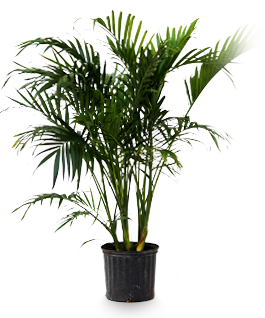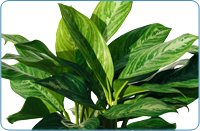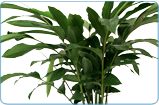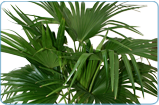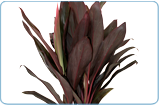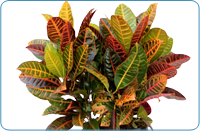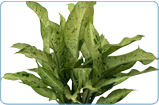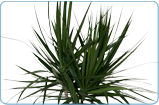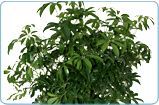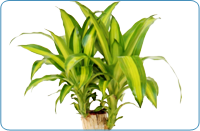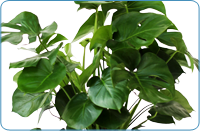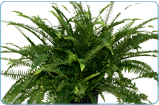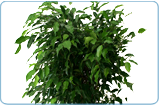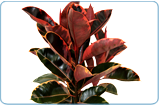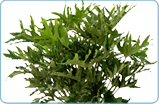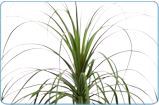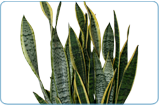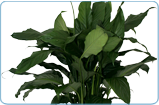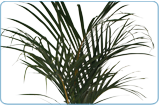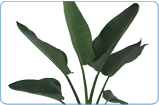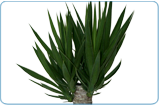Light
Cat Palms grow best in low light. It will also do very well in areas where it receives filtered light (partial shade). Indoors a south or east facing window would be ideal.
Placement
Kitchen, Bathroom, Entryway, Livingroom
Water Habits
Cat Palms will grow best in a moist environment, so it is important not to allow the soil to dry between waterings. Lightly water until the soil becomes a dark color, but not to the point the soil is no longer able to absorb the water..
Temperature
Ideal Temperature for Cat Palm: 35-80°F (2-27°C) Min: 35°F (2°C)
Toxins Removed
Benzene, Formaldehyde, Carbon Monoxide
Did You Know ?
The Cat Palm is the most popular from the Chamaedora species of trees. The palm itself doesn't have a trunk and it’s frawns have a downward growing pattern. They are often used as garden bed “bushy” plants in tropical and subtropical regions under tall growing trees that provide large amounts of shade. The scientific name for the Cat Palm is Chamaedorea (ky-mee-DOR-ee-uh) Cataractarum (kat-uh-RAK-tar-um).





